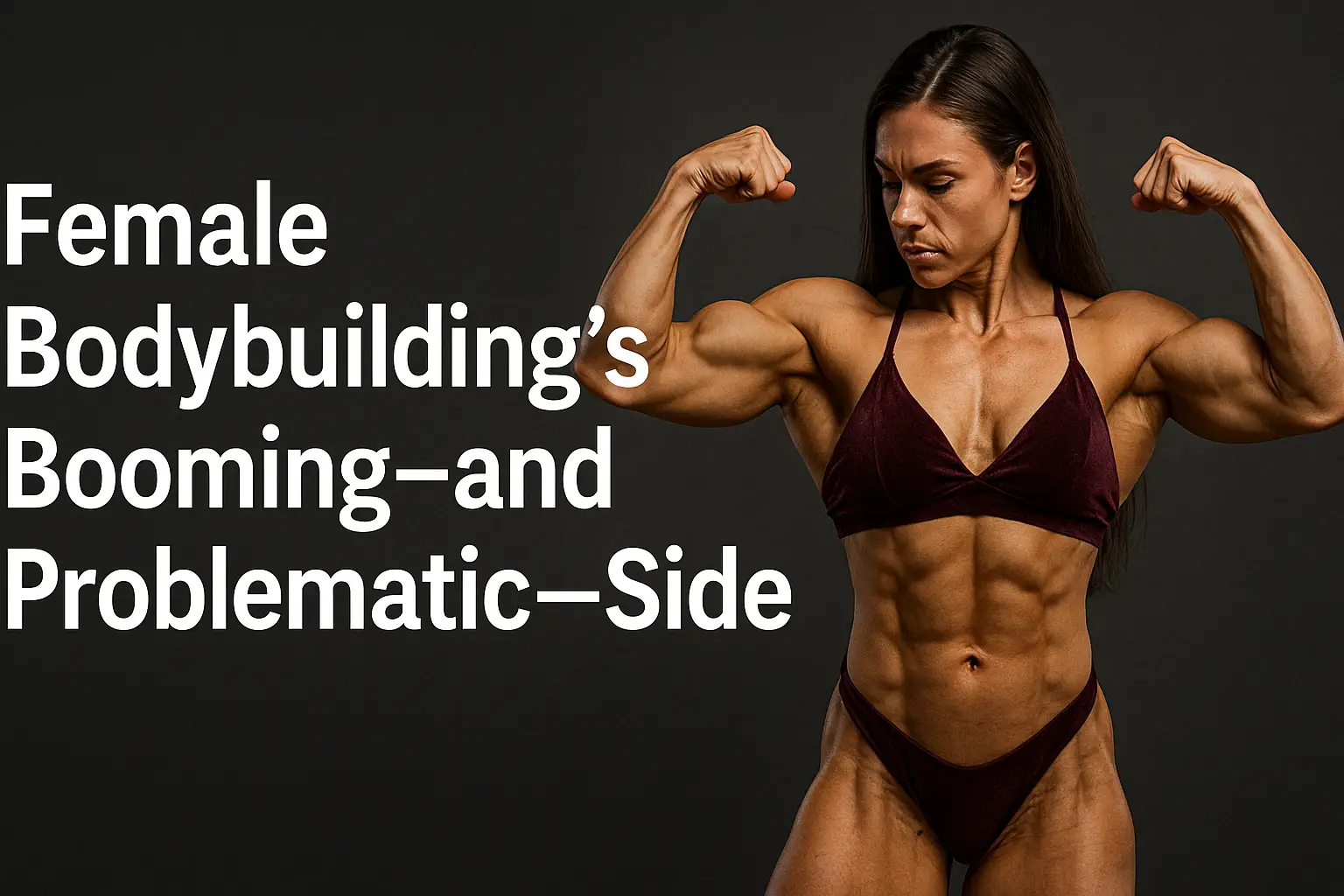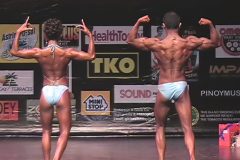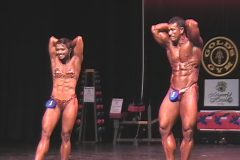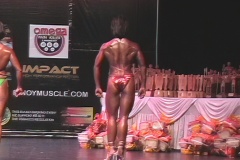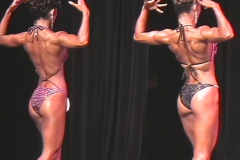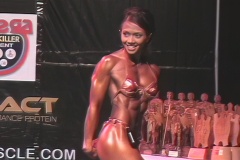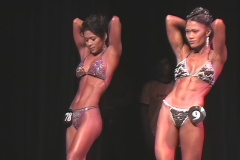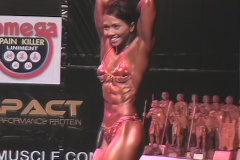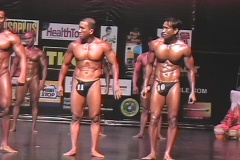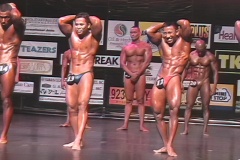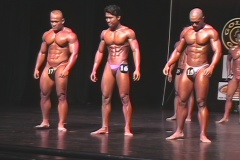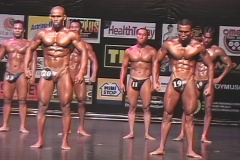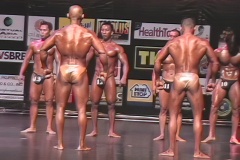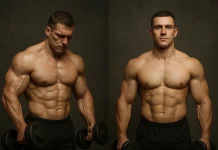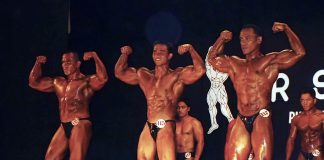Last Updated on June 28, 2025
Female bodybuilding isn’t a niche anymore. Over the past few years, it has exploded into the mainstream, powered by fitness influencers, new competition categories, and the rise of social media. More women are lifting heavy, sharing progress photos, and stepping on stage.
But while this boom is empowering, it also has a dark side. Behind the glossy Instagram posts and competition trophies are stories of health risks, steroid abuse, and sudden deaths that rarely make headlines. As the 2025 IFBB World Championships draw closer, more people are starting to question how safe and sustainable this sport really is.
In this post, we’ll break down why female bodybuilding is surging in popularity, the very real dangers competitors face, and why the industry urgently needs reform.
The Rise of Female Bodybuilding: Why More Women Are Competing
Social media has changed everything.
Platforms like Instagram, TikTok, and YouTube have created a flood of fitness content. Women who once felt out of place in gyms are now finding community and inspiration. Female bodybuilding influencers share training videos, meal prep guides, and behind-the-scenes looks at contest prep, making the sport feel more accessible.
New divisions have opened doors.
Classic female bodybuilding categories often required extreme levels of muscularity and low body fat. But newer divisions—like bikini, wellness, and figure—offer more options. Women can compete with less mass or a different physique shape, which has broadened participation.
Empowerment and body autonomy are trending.
Many women see bodybuilding as a way to reclaim control over their bodies, build confidence, and push personal limits. Fitness has become a lifestyle, not just a hobby.
The Health Risks Nobody Likes to Talk About
With growth has come serious problems that the industry can’t ignore.
1. Dehydration and Extreme Cutting
To achieve the “dry,” striated look required for stage, many competitors dehydrate their bodies before shows. This process often involves:
- Water loading and cutting
- Diuretics
- Severely restricted sodium intake
Severe dehydration can lead to:
- Fainting and dizziness
- Kidney damage
- Heart arrhythmias
- Sudden death in extreme cases
This isn’t fear-mongering—it has happened.
2. Steroid Misuse and Hormonal Damage
Anabolic steroids, growth hormones, and performance-enhancing drugs are rampant in competitive bodybuilding—even in amateur ranks. While some athletes use these substances responsibly under medical supervision, many don’t.
Risks of steroid misuse in women include:
- Irreversible voice deepening
- Facial hair growth
- Clitoral enlargement
- Severe acne
- Liver strain
- Cardiovascular problems
- Psychiatric side effects like aggression and depression
And because doping is often done secretly, athletes rarely get the monitoring they need to stay safe.
3. The Pressure to Stay Lean Year-Round
Social media creates a false reality where athletes look shredded all the time. But maintaining ultra-low body fat is unhealthy over the long term. Women can experience:
- Amenorrhea (loss of periods)
- Fertility problems
- Low bone density
- Chronic fatigue
- Depression and anxiety
4. Tragic Deaths That Expose the Dark Side
Several high-profile female competitors have died in recent years, including:
- Jodi Vance – a respected bodybuilder whose sudden passing shocked the community.
- Luz María Barrera Agatón – a Mexican champion who died from cardiac arrest linked to dehydration and extreme contest prep.
These tragedies are sobering reminders that the pursuit of the perfect physique can go too far.
Exploitation and Scandals
When you combine fame, money, and vulnerable athletes, exploitation often follows. Some competitors have reported:
- Pressure to take unsafe substances
- Sexual harassment by coaches or sponsors
- Financial exploitation by unscrupulous promoters
- Little support for mental health struggles
Scandals have surfaced where athletes felt trapped between speaking out and losing opportunities.
Why the Industry Needs a Safer, Holistic Approach
More people are calling for reforms to make bodybuilding safer for women:
✅ Stronger drug testing policies: While some federations test, many shows have little or no enforcement. Transparent, consistent testing could discourage dangerous PED use.
✅ Education and support: Athletes need better education on nutrition, training, and mental health, plus access to professionals who can guide them safely.
✅ Promoting realistic expectations: Sponsors and influencers can help by showing off-season bodies and normalizing weight fluctuations.
✅ Mental health resources: Eating disorders, body dysmorphia, and depression are common but rarely discussed. Normalizing therapy and peer support could save lives.
Looking Ahead to the 2025 IFBB World Championships
As the 2025 IFBB World Championships approach, the spotlight is brighter than ever. The event will celebrate incredible dedication and showcase powerful physiques. But it should also be a moment to reflect on the risks that come with this demanding sport.
Female bodybuilding is here to stay. It has helped thousands of women discover strength and self-confidence. But to protect the health and dignity of competitors, the sport must evolve. Safer practices, honest conversations, and more support can ensure that athletes don’t pay the ultimate price for success.
Final Thoughts
If you’re thinking about stepping on stage or supporting someone who is, remember:
- Do your research.
- Work with qualified coaches.
- Put health above aesthetics.
Building muscle can be life-changing—but it should never be life-threatening.


